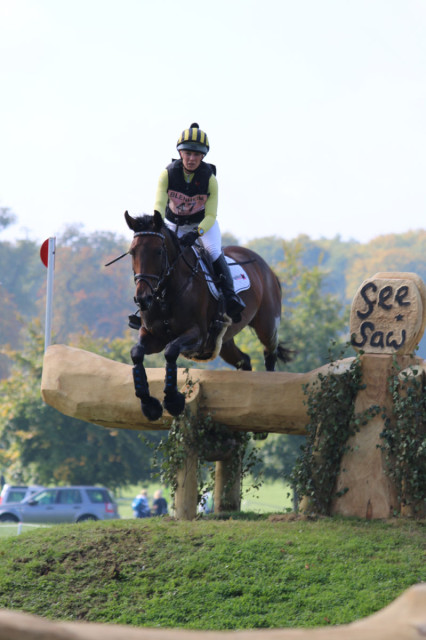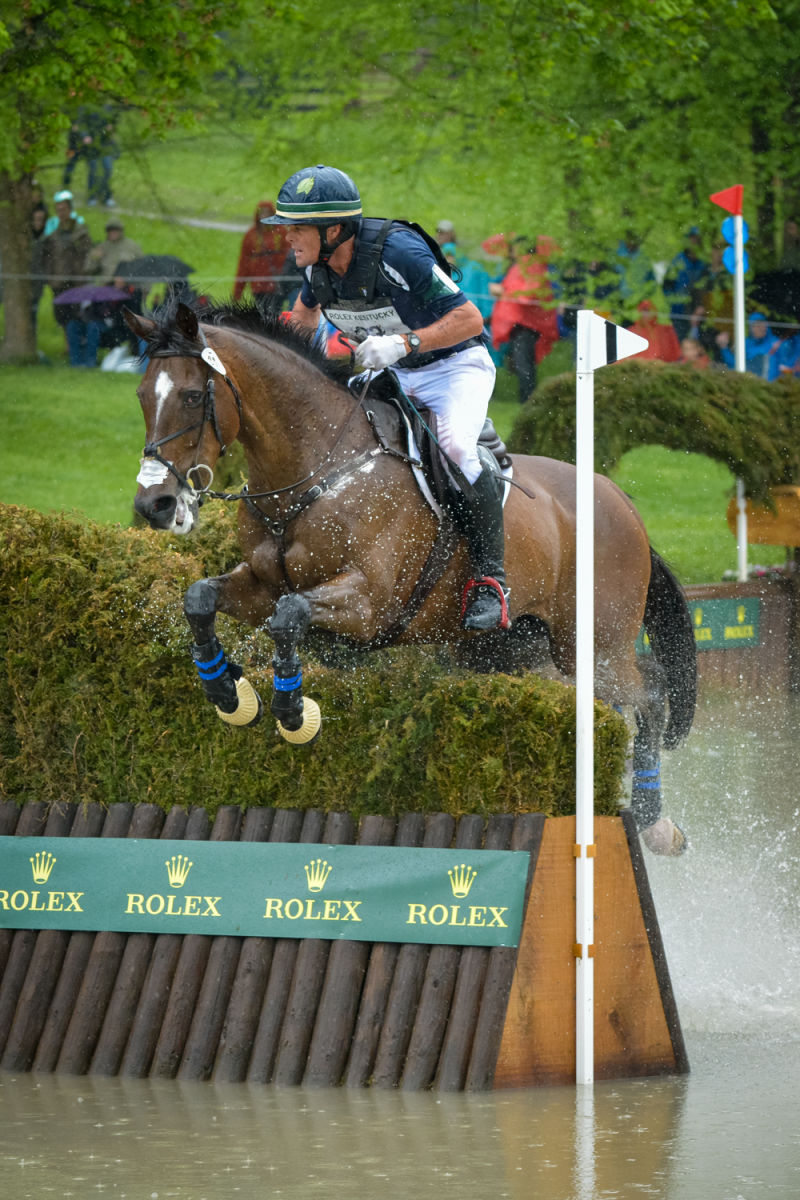
Photo by Leslie Threlkeld.
“All that effort for a two dollar rosette! If ribbons really mean that much to you, I’ll just buy you a box of them. Much easier …..”
I’m sure I’m not the only person who hears this lament reasonably often. And I get how it looks. I have waited seemingly interminable amounts of time after a class to collect a rosette. Sometimes, the competition in question is what my non-horsey husband lovingly refers to as an ‘everybody gets a prize’ show (aka clear round jumping or similar), but still I am collecting that rosette regardless.
Because it’s not about the actual rosette, is it? No one could possibly be that unnecessarily enthusiastic about some ribbon and a bit of cardboard. It’s about what each rosette represents. For some people, taking home that frilly ribbon can be the culmination of years and years of soul sapping work. Of what to others may have looked like sheer blind faith in your horse. Of thousands of dollars worth of lessons and equipment, and of fees and vets bills. It might stand for the return to competition of a badly injured horse, or of a perceived ‘no hoper’ horse finally coming good. The one thing you can be sure of is that every rosette has its story, and that each one means a lot to someone.
Walking through my own tack room, I look at the many rosettes pinned along the beams. I know what each one was awarded for, and to which horse. As I take the time to stop and remember, I find myself on a trip down memory lane. Looking at a dusty blue and turquoise ribbon, I am instantly transported back to the day when my horse of a lifetime placed sixth in a 1.10 class. To most riders, this might have been no big deal, but for me it was a huge achievement at a height I was struggling with. I remember the location, the weather and the time of day. I can almost hear the wind rustling the leaves on the trees at the in gate. I can see the horse’s beautiful long ears pricked in anticipation. I can feel the knot in my stomach, ever present at every show. It is wonderful to remember that day and that horse. I lost him the following year, but when I stop and look at that old rosette now, he feels close by for a moment more.
I come across a large blue and yellow rosette, with the familiar Tattersalls logo adorned on each of the three ribbon tails. The Centre disc says ‘3rd Place.’ On that occasion, I was competing a homebred horse of my own, at the Tattersalls summer show. He was a big, roguey sort who had the measure of me, but I felt like one of the cool kids that day as I let my eyes go fuzzy and pretended I was competing at the world renowned three day event-as it happens, my hazy daydream was as close as ever I got … but the horse went on to enjoy success at 4* level in America with Canadian Kyle Carter, and that rosette always reminds me of a special, sunny July day in Ireland.
A small red first place rosette holds the story of the day a dream came true. I had been eventing an assortment of waifs and strays for several seasons, and I believed that success in this sport was simply beyond my clearly mediocre abilities. A month before my wedding and with my father in attendance, I rode a big black horse to victory in a four and five year old pre-novice class. I was genuinely shocked at the result, and I remember so clearly driving home in torrential rain feeling five hundred feet tall. I had finally done it, after eight years of failure and disaster. Suddenly, anything seemed possible. The dream was truly alive, and the fire within blazing brightly. This sensation has eluded me for many years now, but looking at this tatty ribbon I feel it once more — just for a fleeting few seconds.
Of course, anyone can buy a box of rosettes — but what would you be buying? A box of ribbons, glued together around a bit of fancy cardboard. And that’s all that they are, they can never be more than that. The rosettes pinned in my tack room are technically, just the same. Except that my rosettes tell a story-one of deep struggle, huge sacrifice and bitter experience. They remind me of some truly special times with some wonderful horses-days when the stars aligned and it all came right for an hour or two. They inspire me to see what the next 20 years might hold, and they take me back to a place when I had great hope and tremendous faith in my journey.
No money in the world could buy what these flimsy ribbons mean to me. No shop is selling anything so special or so meaningful. I will always be the sad case waiting hours at a show for my ribbon, so that I can hang another memory of my journey up on the wall.















































